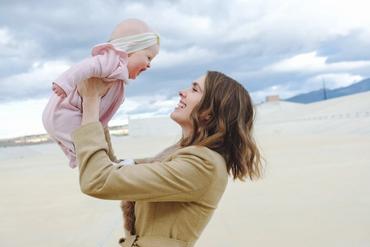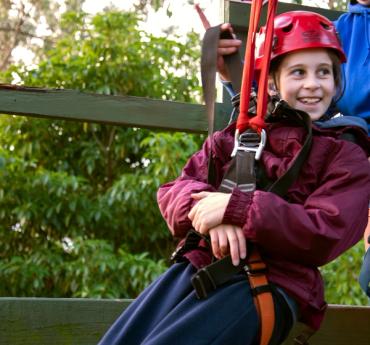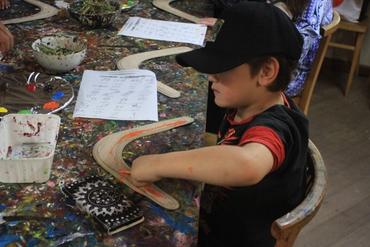Nurturing Language Development.
Children naturally engage with parents and caregivers in back-and-forth conversation, producing language interaction and joint attention, and this results in language development.

What was this study about?
This study looked at how the spoken language of deaf and hard of hearing children who use listening and spoken language related to the input they had from conversation with adults. After audio-recording the speech and conversations of 26 deaf and hard of hearing preschool children over two days, it assessed the quantity (measured in the number of conversational turns, each back-and-forth interaction between the adult and child) and the diversity (measured in number of different words, syntactical elements and clausal combinations) of the language.
What were the key findings?
- Children's natural interaction with parents and caregivers are given an opportunity to assist their language development.
- There are many factors that relate to the diversity of adult and child language, and to the child's vocabulary and understanding of basic concepts including; age, type of hearing loss, hearing aid or cochlear implant, disability and maternal education level).
- The more conversational turns a children have with adults, the greater the amount of language the children used expressively.
- Parents with deaf or hard of hearing children may benefit from support to increase the diversity of their language in everyday conversations with their deaf and hard of hearing children at home.



